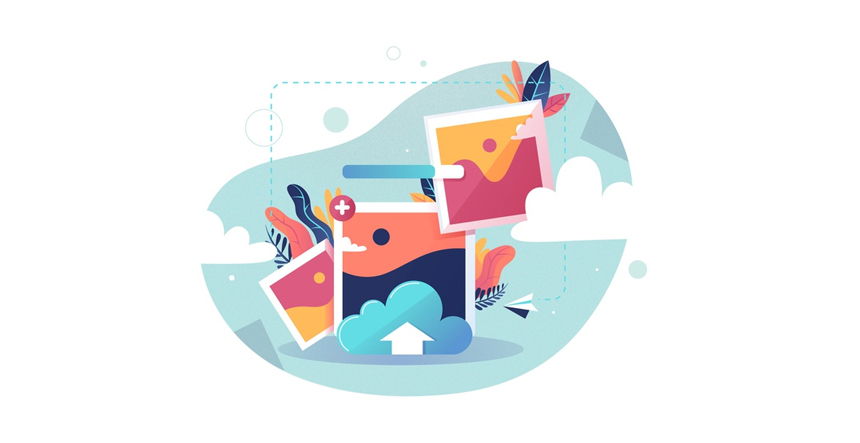

Automate image optimization with a WordPress plugin.Know how to choose the best image file type.This step-by-step guide will cover everything you can do to optimize images, starting in Photoshop and ending on your site.įollow these steps to optimize your images for better site performance: Now that you know how important image optimization is, let’s talk about how to do it! This step-by-step guide will cover everything from Photoshop tips to development practices. While it’s not the end of the world if you exceed that limit, you may get charged an overage fee or worse – have your website shut down.īy optimizing your images, you’ll be able to get the most out of your site storage and avoid that bandwidth limit.

Most hosting providers enforce a bandwidth limit per plan, meaning you don’t have unlimited resources – and your images will quickly take up that space. Beyond slowing down your website, images take up disk space on the server powering your site. There’s another reason image optimization is important, however, one directly tied to your business’s bottom line. (Even if you website is running on the best servers, like you’ll get with a managed WordPress host, images can be the downfall of performance.) By taking advantage of image optimization best practices, you’ll keep your file size small and your load time fast, creating a better experience for your site visitors. And one of the most common factors slowing your site down is your images. People have short attention spans when it comes to the web, which is why it’s important to make your website load in two seconds or less. The goal is to reduce the amount of data a user has to download, so they can get the content they’re looking for faster. You can optimize your images in the creation phase (such as using the right “Export” options in Photoshop) or directly on your website (such as using lazy load to display media on your site). Generally speaking, image optimization is the act of decreasing file size without losing quality. In this step-by-step guide to image optimization, I’ll cover: There are a lot of little things you can do throughout the image creation process to optimize file sizes, specifically with your website in mind. So, how do you balance site performance with visual design? And remember, the whole point of adding images to your website is to create a better experience for your users (or maybe even to increase sales and conversions!), which is hard to do with a slow site. AKA, images are often the cause of poor site performance. With higher resolutions comes larger file sizes, which also means slower loading times. Having great visuals, however, can take a toll on your website. From visualizing data to breaking up paragraphs of text to showing off your portfolio work, photos and graphics are an important part of most website designs and help users have great online experiences. There’s no doubt that images are an invaluable asset to the world wide web.


 0 kommentar(er)
0 kommentar(er)
